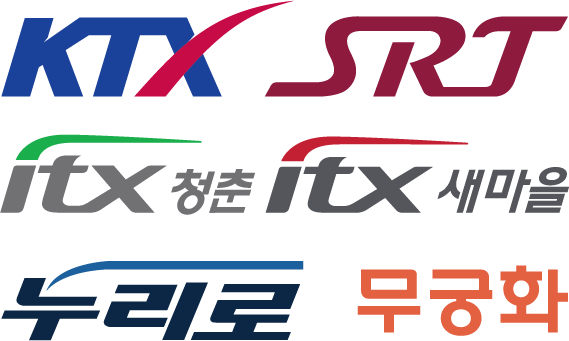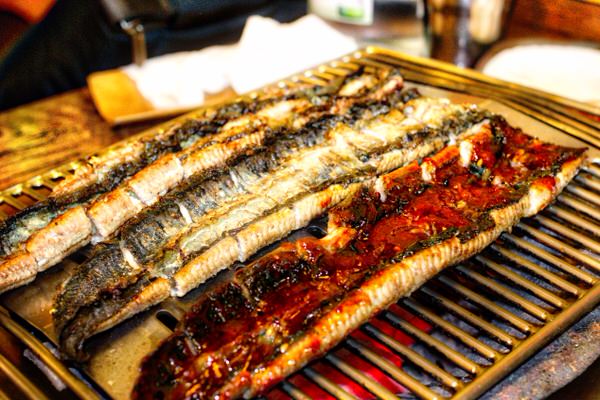Culture
Explore the richness of Korean culture on KoniKorean. See our 노래방 (Norebang, or Korean karaoke) and Movies subsections.
Korean culture extends far beyond the global phenomena of K-pop and K-dramas. It’s a fascinating blend of Confucian traditions and cutting-edge modernity, where 정 (jeong)—deep emotional bonds between people—coexists with the world’s fastest internet speeds. From the communal experience of 찜질방 (jjimjilbang) saunas to the intricate rules of age hierarchy, Korean culture offers endless discoveries for curious minds.
Understanding Korean culture means appreciating both its ancient roots and rapid transformation. The concept of 눈치 (nunchi), reading social situations intuitively, shapes daily interactions. Meanwhile, 한 (han), collective sorrow and resilience, influences everything from cuisine to cinema. Modern Korea balances 빨리빨리 (ppalli-ppalli) culture—the urgency to do everything quickly—with centuries-old tea ceremonies and temple stays.
This section guides you through Korea’s cultural landscape: navigating social etiquette, understanding drinking culture and games, discovering traditional markets like 광장시장, and appreciating 아재입맛 (ahjussi taste) foods. Whether you’re planning a visit, studying Korean, or simply curious about this dynamic culture, you’ll find practical insights and authentic perspectives that go beyond surface-level observations.
Coronavirus Korean Vocabulary and Resources
As the Coronavirus progresses in South Korea, this article lists vocabulary and resources in English and Korean to stay on top of the infection if you are currently in South Korea. This page will get updated as more information is available.
What to do. According to the CDC of Korea, for the general population (translated by KoniKorean):
- Wash your hands meticulously with soap under running water.
- When coughing or sneezing, cover your mouth and nose with your sleeve.
- Do not touch your eyes, mouth, and nose with unwashed hands.
- Wear a mask when visiting a medical institution
- Refrain from visiting places with many people
Korea-inspired Christmas Gift Ideas (2019)
Want to gift your friends or close ones some Korean-inspired gifts this Christmas? KoniKorean has compiled a list of South Korea-inspired gift ideas for Christmas 2019 based on current trends in Korea and popular Korean items overseas.Trains in South Korea
Trains are probably the fastest and most comfortable means of transportation in South Korea. They are often faster than buses as they do not get stuck in traffic, and they are also faster than planes as train stations are usually in downtown areas rather than in suburbs. There are also plenty of train options for traveling within a city or a metropolitan area, such as subways and suburban trains. For tourists, however, riding trains in South Korea can be overwhelming given the number of train services available, the different operators, and the different booking processes. This post summarizes all you need to know to book and ride trains in South Korea.
Intercity Train Services
There are several types of intercity train service in Korea. From fastest to slowest (and most expensive to cheapest): KTX & SRT, ITX & 새마을, 누리로 & 무궁화. Most services (except the SRT) are run by Korail (코레일), a public company.

The different train services run by Korail (all but SRT) and SR (SRT) (adapted from https://flytoazuresky.tistory.com/602?category=669623)
Buses in South Korea
There are two major categories of buses in South Korea: 시내버스 (市內버스) or intra-city buses, and 시외버스 (市外버스) or intercity buses. 시내버스 include 마을버스, 지선버스, and some 간선버스 lines, while 시외버스 include some 간선버스 lines, 광역버스, and 고속버스.
마을버스 are neighborhood buses (literally “village buses”) that stop every few blocks in both residential and commercial areas. In Seoul, many of these buses run in a loop, with one or two stops connecting to subway stations. Their routes are the shortest among city buses. Walking is sometimes faster than taking a 마을버스, especially during rush hours, as these buses rarely take bus lanes. In Seoul, these buses are green and shorter than regular buses.
Buying Korean 라면 (Ramyeon, or Ramen noodles) on Amazon US
Amazon is a great place to buy Korean food, but finding Korean noodles, or ramyeon, on it can be a little daunting. This post lists some of the best Korean ramen (라면) products to buy on Amazon, such as Shin Ramyun (신라면) or Buldalk Bokkum Myeon (불닭볶음면).
Quick links- Ansung Tang Myun 농심안성탕면 - ramen with miso taste (Amazon)
- Buldak Bokkum Myeon 삼양 불닭볶음면 - fire chicken ramen (Amazon)
- Cheese Ramyeon 오뚜기 치즈라면 - ramen with dried cheese (Amazon)
- Chapagetti 농심 짜파게티 - ramen with black bean paste (짜장) taste (Amazon)
- Jin Ramen 오뚜기 진라면 (Unavailable)
- Kokomyun 팔도 꼬꼬면 - chicken ramen with clear broth (Amazon)
- Namja Ramyun 팔도 남자라면 - spicy ramen with red broth and strong garlic taste (Amazon)
- Neoguri 농심 너구리 - spicy seafood ramen (Amazon)
- Rabokki 팔도 라볶이 - ramen with tteokbokki taste (Amazon)
- Shin Ramen 농심 신라면 (Amazon) / Shin Black 농심 신라면 블랙 (Amazon)
- Volcano Chicken Noodle 팔도 블케이노 치킨볶음면 - spicy chicken ramen (Amazon)
라면 - Ramyeon (Ramen) Noodles
Ramyeon noodles are a must-have staple in any Korean pantry. Ramyeon noodles on Amazon tend to ship in large boxes of 10 to 20 bags or cups, so check the quantity twice before ordering. A rule of thumb: a 5-pack Korean ramen at Korean grocery stores usually retails between $6-$9; premium ramen such as Shin Black (신라면 블랙), or flavored Buldak Bokkum Myeon (불닭볶음면) usually command higher prices (from 1.5x to 2x for Shin Black). See the end of this post for more tips about ordering Korean ramen on Amazon.
장어 - Eel
Eel is a popular fish in East Asian countries. Korea has a lot of dishes featuring eel, some of the most popular being 장어구이, or grilled eel; 장어강정, or eel with a sweet soy sauce glaze, and 장어덮밥, or eel over rice.

The popular saying in Korea is that men should eat eel to improve their performance behind closed doors…
